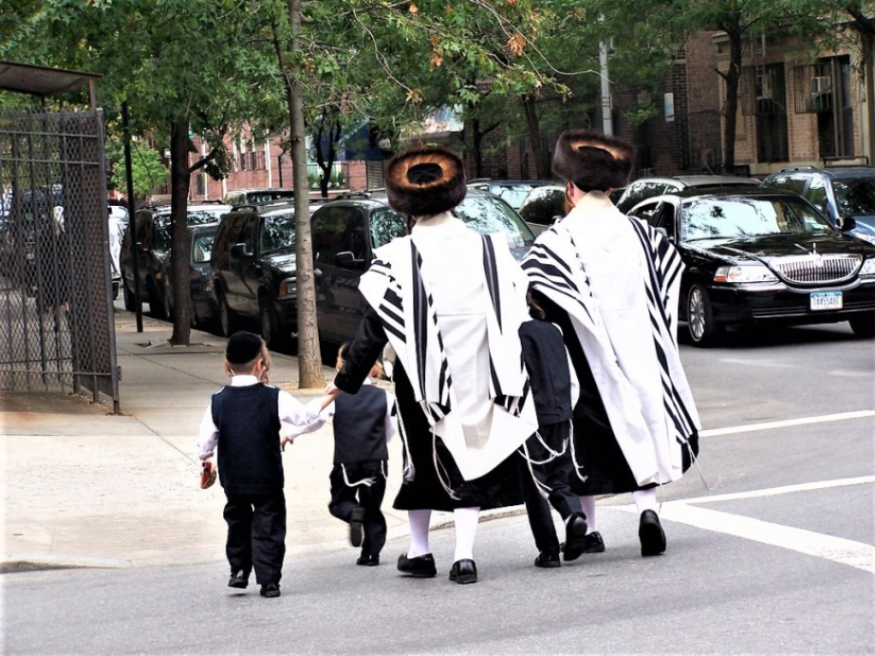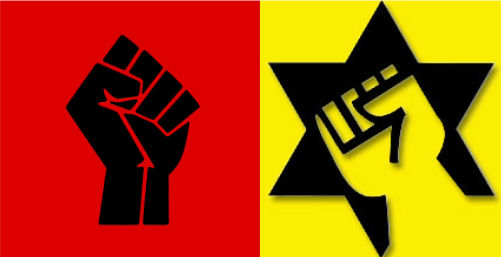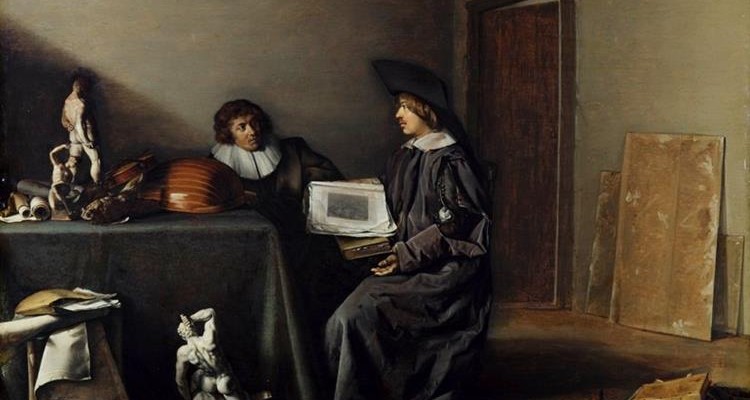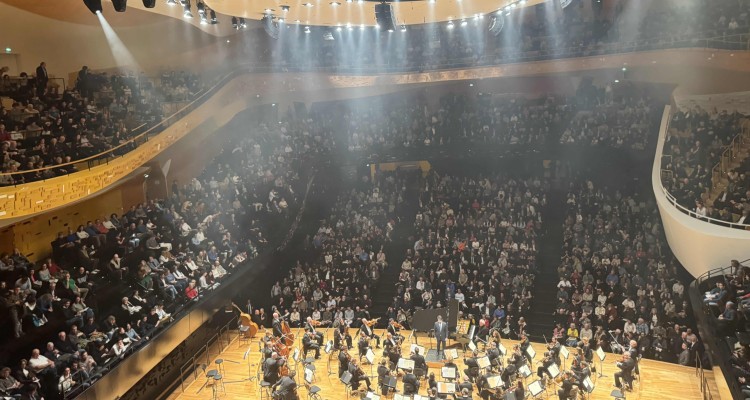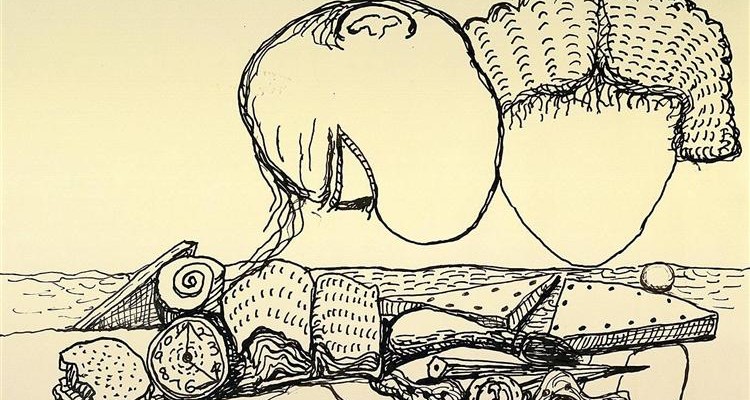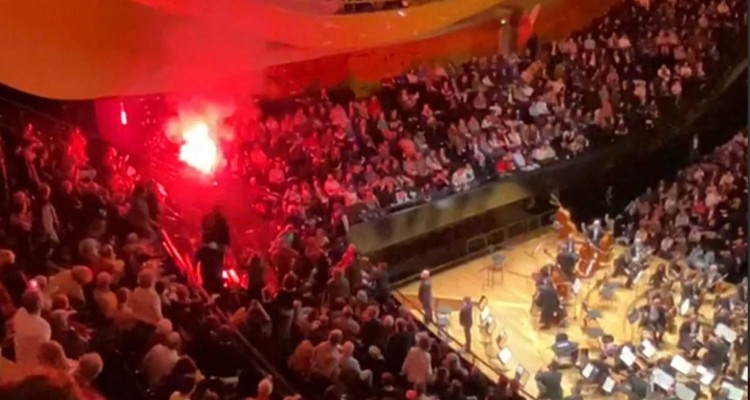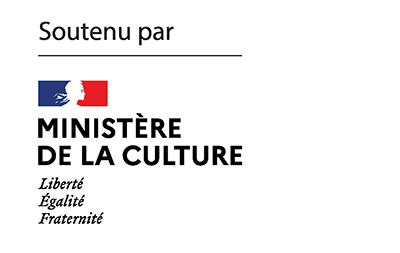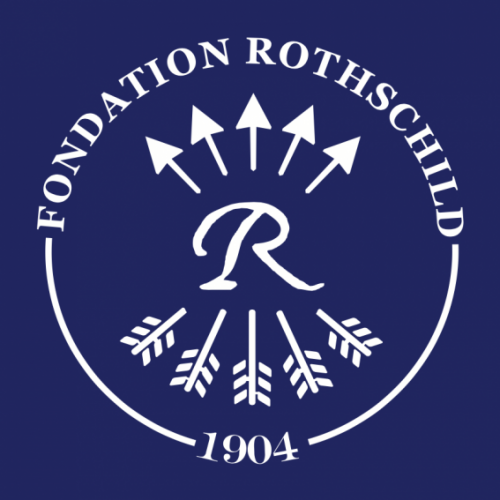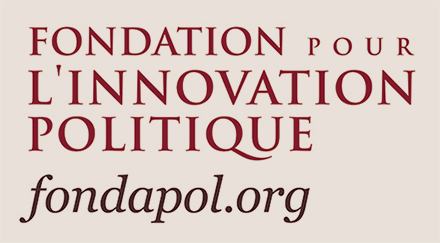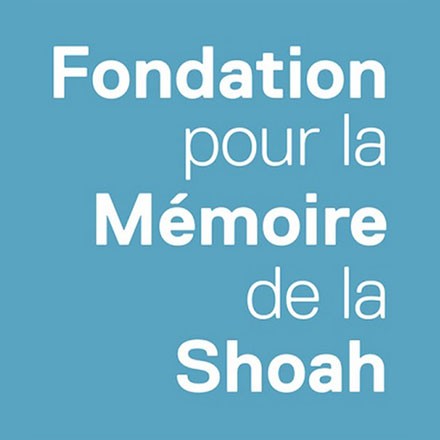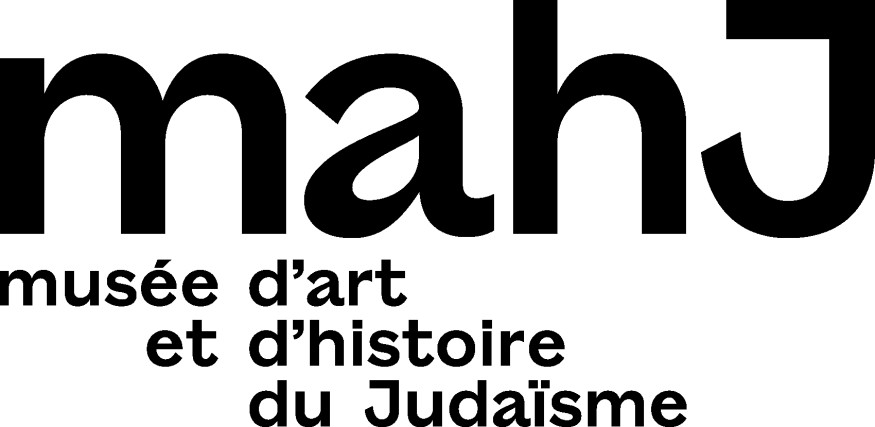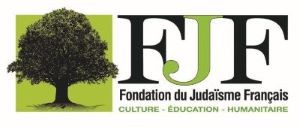Every week this summer, K. brings you a selection of six texts that have already appeared in our pages, but have been brought together for the occasion around a few key themes. This week, we invite you to (re)discover K. ‘s texts on Judeo-American symbiosis. And its deterioration? With texts by Mitchell Abidor, Elie Petit, Mona El Khoury, Macha Fogel and Christian Voller.
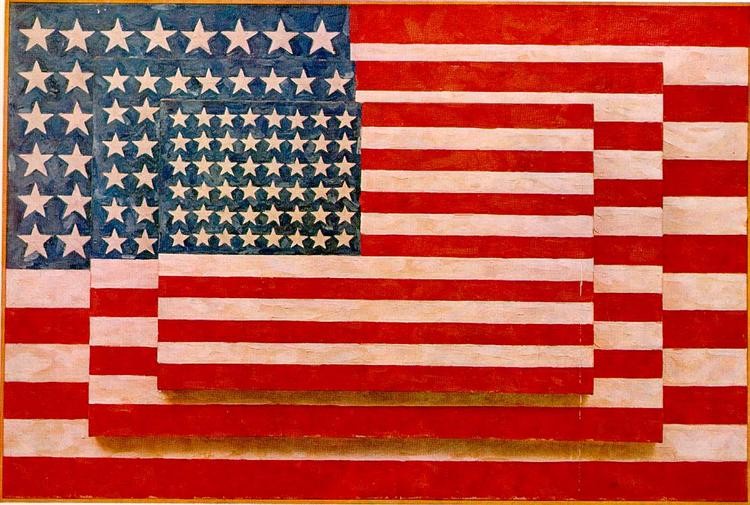
When Jews dreamed of New York. About ‘Motl in America’
Mitchell Abidor – Published May 9th, 2024
After having published a review of Motl in America a month ago, Mitchell Abidor returns in his text to this extraordinary tale of Jewish immigration to the United States. Blending his family’s memories with Sholem-Aleichem’s account, Abidor recounts the journey to the “Promised Land”, the new arrivals’ disorientation and their acculturation to American society. Above all, he pays tribute to the unfailing optimism of these Jews who had left “Pogromland”.
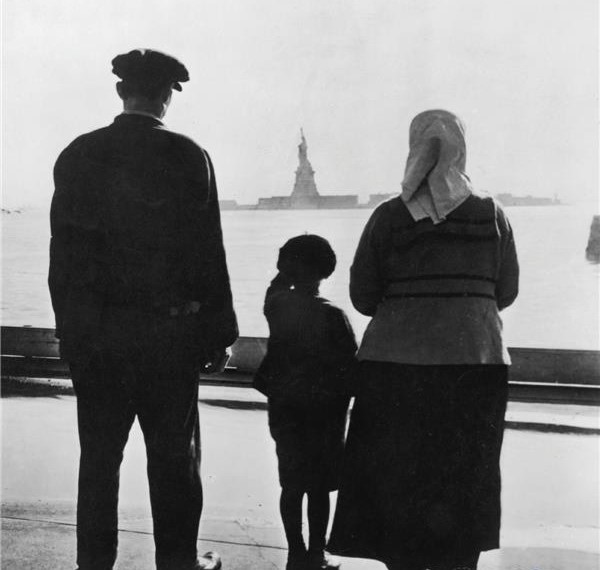
>>> Read Mitchell Abidor’s text
About the reaction of the American left
Mitchell Abidor – Published November 9th, 2024
Our collaborator Mitchell Abidor writes here about his anger with a part of his political camp, writing about it, saying: “Blinded by hatred of Israel, fearing being associated with the governments of the West, the left’s moral compass has gone missing.” His account of the analyses and reports published in the left-wing press since October 7, particularly the left-wing Jewish press , provides insights into the mechanism behind the nearly physical impossibility felt by the American left to condemn outright the massacres carried out by Hamas.

>>> Read Mitchell Abidor’s text
‘People Love Dead Jews’ : Interview with Dara Horn
Elie Petit – Published February 22nd, 2024
Dara Horn is a journalist, essayist and professor of Yiddish and Hebrew literature. In this interview, she talks about what prompted her to write People Love Dead Jews in 2021, and the question this book explores: why do dead Jews arouse so much more interest than living Jews? Between the ritualization of a sterilized memory of the Holocaust, fascination with the figure of the Jew reduced to helpless victimhood and denial of the actuality of antisemitism, Dara Horn questions the deeply ambiguous way in which the West, and America in particular, relates to Jews, and to the ghosts they evoke.

>>> Read the interview with Dara Horn
Fault Lines
Mona El Khoury – Published December 19th, 2022
Paris, 2022; Dessert
Sitting at the other end of the table, she observes the person she had considered her best friend during their youth, the years of prépa, then college, before she left for the United States. She scrutinizes his every gesture, his language tics, his intense and provocative looks, as if they could reveal to her an explanation of their friendly dissension. She remembers the idyllic time of their half-intellectual, half-belated teenage correspondence, those years of prep’ school when they exchanged letters almost daily that spoke of Nietzsche, Duras, classical tragedies, the pre-Socratics, Lautréamont, sometimes even Kant and the transcendental. She admired him, who, in addition to his witty humor, wrote with all the culture of a family of left-wing intellectuals, anthropologists and sociologists, against whom he had enacted a war of disciplines by choosing philosophy, literature, and finally linguistics. And what did he admire in her then, she asks herself today with greater acuity? Because now he no longer likes what she writes. The discordance between them, latent since her American years, became manifest when, the previous year, she published in a “Jewish magazine” – as he had said in a reproachful tone – her story “Mamie-louche” about her grandmother and her Marrano Jewishness. Since then, a fault line has opened up, gradually separating two people who believed in the eternity of their dance together.

Dispatches from Yiddishland: Tales of the American Hasidim.
Macha Fogel – Published April 28th, 2021
It is no secret that Yiddish is a language without a country. At least, that’s how it’s spoken of, anyway, and then as a murdered, disappearing, dying language. But I know a Yiddish country. In a way, I am one of its citizens and I will consciously give you regular updates on it in K.. Today, a first tour of this multiplicitous and scattered world: the American Hasidim – who are also still Europeans – and their press.
